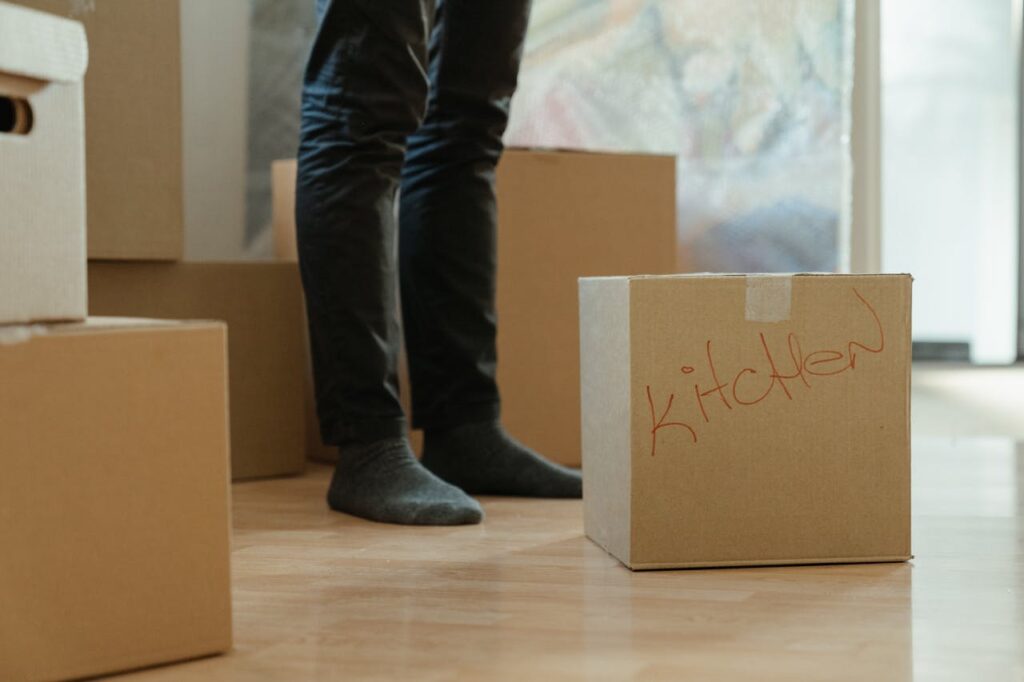How to Create an Inventory System for Your Storage Unit


Organizing your storage unit can feel overwhelming, but creating an inventory system makes the task manageable and efficient. Whether you’re storing personal belongings, business items, or seasonal décor, knowing exactly what’s in your unit saves time and frustration. With a well-thought-out inventory system, you’ll clearly understand your stored items and their location, helping you stay organized and stress-free. This guide walks you through creating a practical inventory system tailored to your storage needs, ensuring you always know where your items are.
Why an Inventory System is Essential for Storage
An inventory system provides a detailed overview of what you have stored, eliminating the need to rummage through boxes aimlessly. It helps you keep track of important items, avoid duplicates, and manage your space efficiently. This is especially crucial for long-term storage, as forgetting what’s in your unit over time is easy.
Assessing Your Storage Needs
Before diving into the inventory process, take stock of what you’ll be storing. Consider the size of your items, how often you’ll need to access them, and any special requirements like climate control. This assessment helps you determine how to categorize your belongings effectively and allocate space for optimal organization.
Choosing the Right Storage Containers
Storage containers play a vital role in organizing your unit. Durable, stackable boxes are ideal for maximizing space. When selecting containers, ensure they suit your items and the storage environment. For delicate or specific items, such as documents or electronics, prioritize waterproof or padded moving/storage boxes. To streamline your system, have the right boxes that are uniform in size and labeled clearly.
Labeling Your Items for Easy Identification
Labels are the cornerstone of a successful inventory system. Use durable, color-coded labels or tags that stand out. Assign a specific color to each category, such as red for holiday décor or green for office supplies. Label containers on multiple sides so they’re visible no matter how stacked. This simple step makes it much easier to locate items at a glance.

Creating a Digital Inventory System
Incorporating technology into your inventory process can be a game-changer. Create a spreadsheet or use storage inventory apps to document the contents of your unit. Include details such as item descriptions, quantities, and box numbers. This digital record allows you to quickly update or search for items, keeping your inventory accurate and accessible.
Organizing Items by Category
Grouping similar items together simplifies both storage and retrieval. Separate your belongings into logical categories, such as clothing, kitchenware, or sports equipment. Store seasonal items, like holiday decorations or winter gear, in their own designated sections. Organizing this way will minimize confusion and maintain a tidy unit.
Planning the Layout of Your Storage Unit
A thoughtful layout maximizes space and makes it easy to access frequently used items. Place commonly needed items near the front of the unit, while rarely accessed belongings can go toward the back. Leave an aisle or clear path for navigation. Using shelving can help utilize vertical space and keep everything visible and easily reachable.
Keeping Your Inventory Up to Date
An inventory system is only effective if it’s current. Each time you add or remove items, update your records. Consistency is key, whether it’s a digital system or a handwritten list. Regularly auditing your inventory prevents discrepancies and ensures your system remains reliable.

Incorporating Visual Aids for Better Organization
Visual aids like photos or diagrams can enhance your inventory system. Take pictures of the contents of each box and store them alongside your digital inventory. Alternatively, create a simple map of your storage unit, marking where categories or specific items are located. These tools act as quick references, saving you time and effort.
Considering the Aesthetic of Your Storage Unit
A well-organized storage unit isn’t just functional; it can also be visually appealing. Choose storage solutions that fit your style, such as bins with wood-grain finishes or metal siding in customizable colors. This is particularly helpful if you need to maintain a cohesive look, especially for business or presentation purposes. Personalizing your space adds a layer of satisfaction to your organization’s efforts.
Utilizing Professional Storage Services
Professional services can provide a solution for those who find managing storage challenging. Companies like Golans Moving and Storage offer expertise in efficiently organizing, moving, and storing items. Their services can be especially valuable during transitions, ensuring your belongings are stored securely and logically.
Maintaining Your System for Long-Term Success
The success of your inventory system depends on regular upkeep. Schedule periodic checks to ensure everything remains organized and intact. Take note of items you no longer need and donate or dispose of them to free up space. A maintained system keeps your unit functional and prevents clutter from creeping in.
Incorporating Sustainability into Your Storage Practices
Sustainability is an often overlooked aspect of storage organization. Opt for eco-friendly materials, such as recycled cardboard boxes or biodegradable packing supplies, to minimize your environmental impact. Reusable storage bins made from recycled plastics or sustainably sourced wood offer durability while aligning with green practices.
Consider donating or recycling unused items rather than letting them occupy your unit. Adopting sustainable storage habits benefits the planet and promotes a sense of purpose and responsibility in managing your belongings.
Conclusion
Creating an inventory system for your storage unit is an investment in organization, time, and peace of mind. You can efficiently manage your belongings by assessing your needs, labeling items, and implementing a digital system. With proper planning and upkeep, your storage unit will be an asset, not a source of stress. Whether you’re using it for personal storage or business needs, an inventory system ensures your items are always accessible and accounted for.